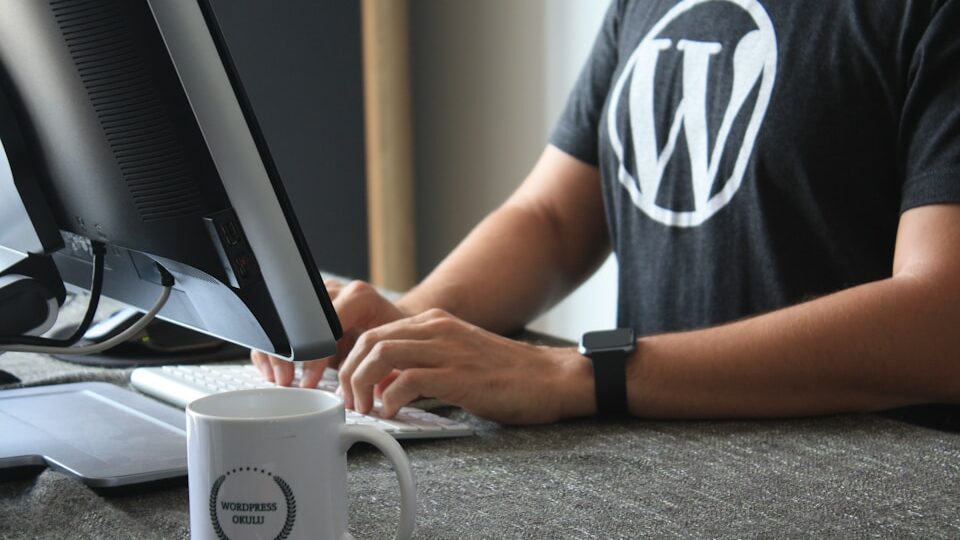Picking a WordPress theme is a little like online dating: the pictures look great, the description sounds perfect, and then once you install it… disaster. Things break. It’s not responsive. You’re crying in the dev tools.
Let’s prevent that emotional spiral.
Here’s your ultimate guide to choosing the right WordPress theme—one that actually works, doesn’t ruin your SEO, and maybe even makes you look like a professional (or at least like someone who tried).
👀 Step 1: Know Your Purpose (Please)
Before clicking “Activate” on the first shiny theme you find, ask yourself:
- Is this a blog, a portfolio, a shop, a resume, or just a shrine to your cat?
- Do you want minimal or flashy? Corporate or creative? Static or dynamic?
- Do you need it to play nice with WooCommerce, Elementor, or whatever other plugin circus you’re running?
Themes aren’t one-size-fits-all. If you just pick something because it “looks cool,” don’t be surprised when it explodes on mobile.
🔎 Step 2: Look for These Essential Features
If your chosen theme doesn’t have these, run. Fast.
- Responsive Design: If it’s not mobile-friendly, it’s already a fossil.
- SEO-Friendly: Check for clean code and fast loading speeds. Themes built entirely on shortcodes = red flag.
- Customization Options: Should support the WordPress Customizer or a page builder.
- Plugin Compatibility: Especially for things like WooCommerce, Contact Form 7, and Yoast SEO.
- Lightweight & Fast: A bloated theme will drag your site down faster than your procrastination habits.
- Frequent Updates: If it hasn’t been updated in a year, it’s dead. Let it go.
- Support & Documentation: Because you will break something and scream for help.
🧪 Step 3: Always Test Before You Commit (Seriously)
- Use Live Preview in the WordPress Dashboard.
- Install it on a staging site or local setup first.
- Check:
- Header and menu responsiveness
- Blog post formatting
- Image handling and gallery layouts
- Widget areas and sidebar behavior
If the demo content looks like a magical wonderland but your install looks like Craigslist, something’s wrong.
🏆 Step 4: Recommended Theme Types (If You Need Training Wheels)
Here are some safe starting points:
💼 Business / Portfolio
- Astra (lightweight, works with page builders)
- OceanWP (highly customizable)
- Neve (fast, modern, and not terrible)
📝 Blogs / Content Creators
- GeneratePress (fast and clean)
- Hestia (nice UI, great for one-pagers)
- Writee (focused on readability)
🛒 E-Commerce
- Storefront (official WooCommerce theme)
- Shoptimizer (conversion-focused)
- Flatsome (very flexible, also sounds like a mattress)
⚡ Page Builders
- Hello Elementor (blank slate for Elementor users)
- Kadence (works with block editor + builders)
Don’t just pick a theme because someone on Reddit said it “slaps.” Trust, but verify.
🧹 Step 5: Keep It Simple
You do not need:
- 19 homepage templates you’ll never use
- 73 fonts loaded from 12 CDNs
- Sliders, video backgrounds, and carousels all at once (unless you’re designing a theme park site)
Clean, focused themes are easier to work with and far less likely to betray you.
🎯 Final Thoughts
A WordPress theme isn’t just how your site looks—it’s how it functions. Choose carefully, test ruthlessly, and don’t fall in love with a theme you found on page 11 of Google just because it was “free and looked cool.”
Your theme is your foundation. Build on something solid—or prepare to spend your weekends untangling CSS like a sad little code archaeologist.
